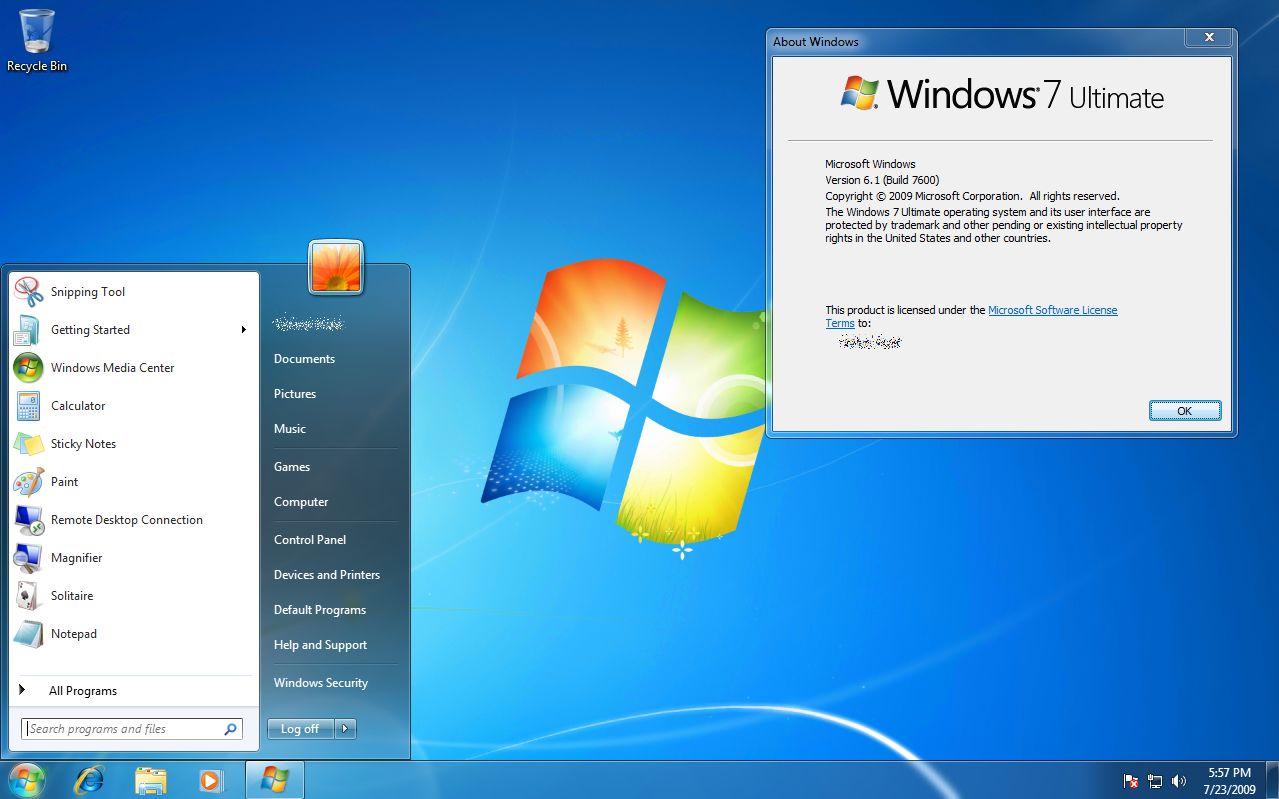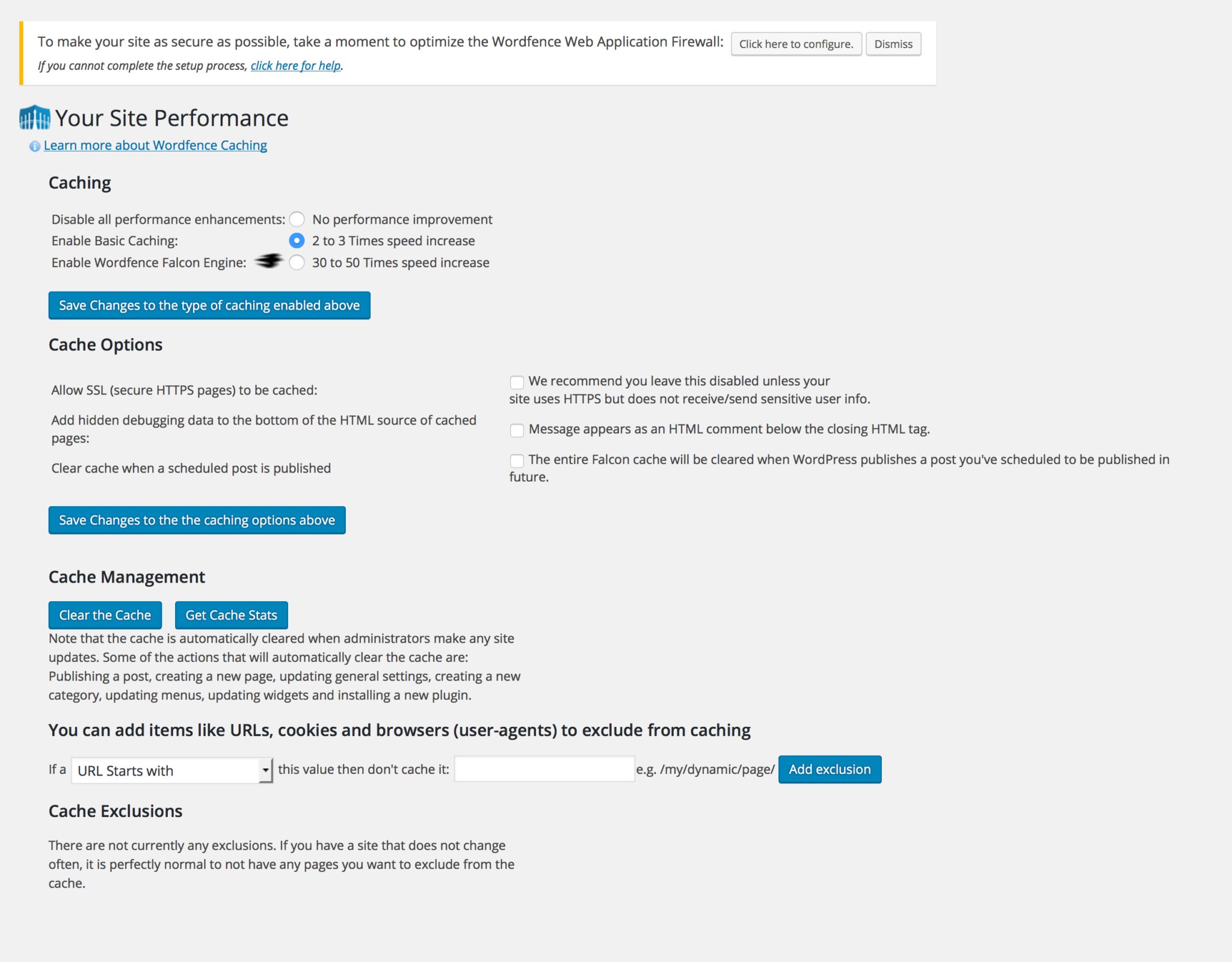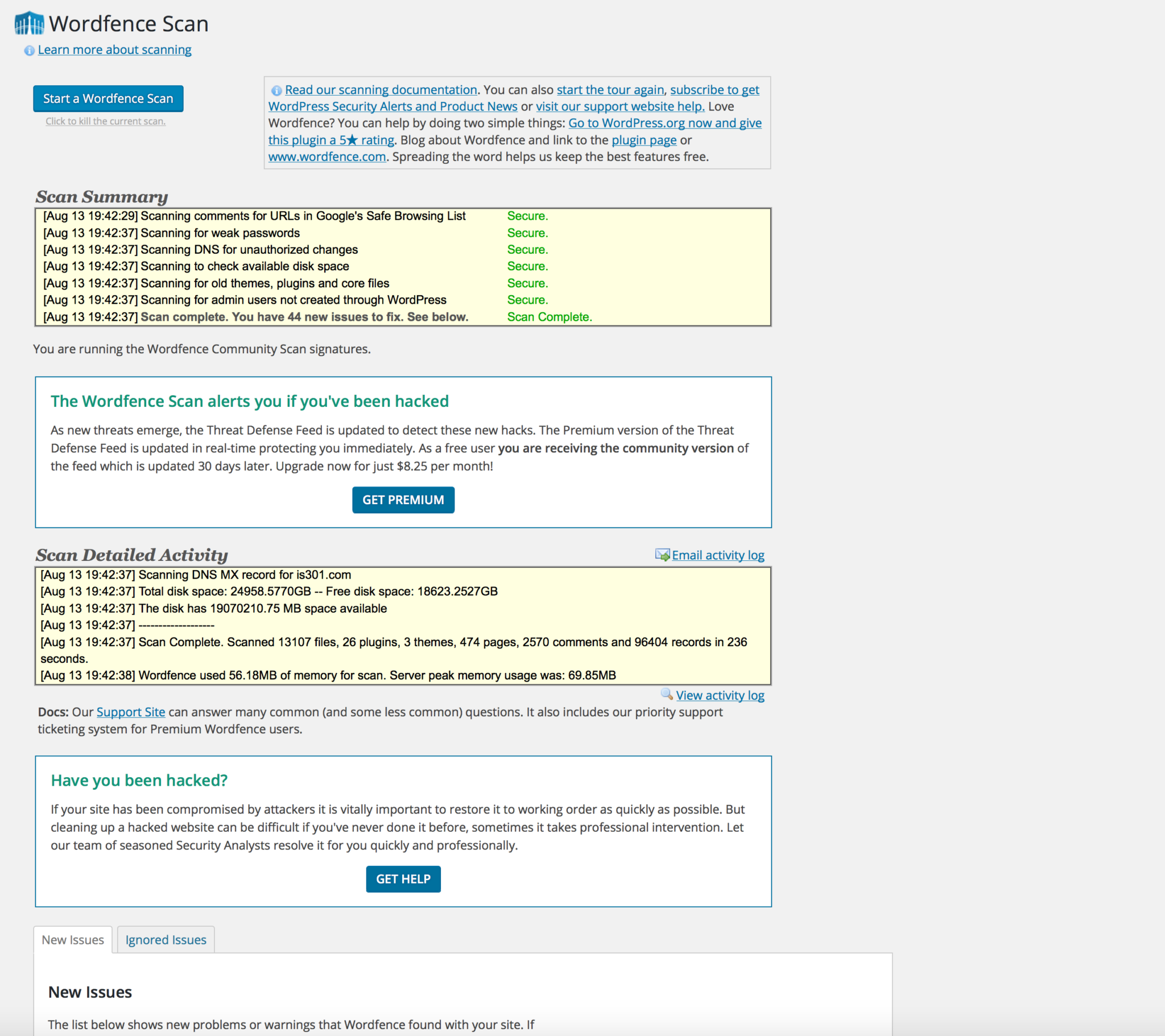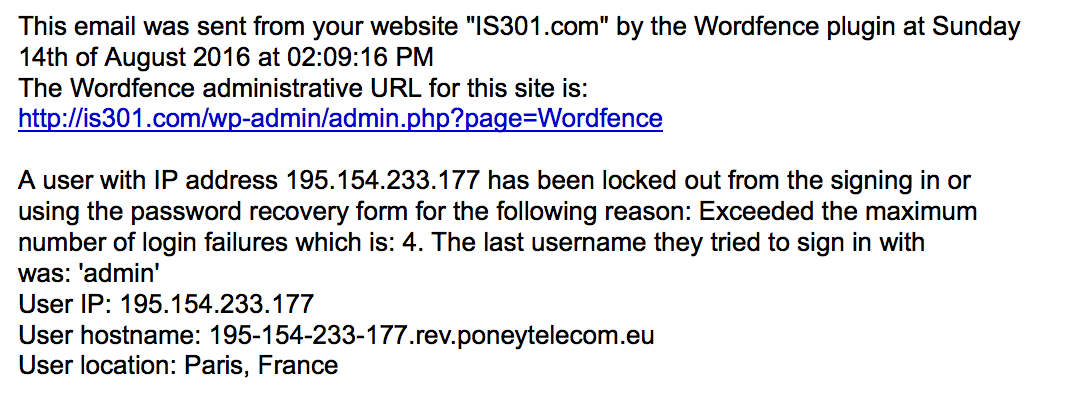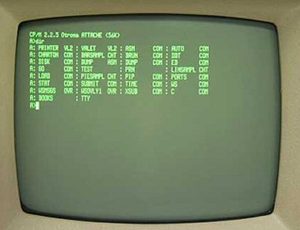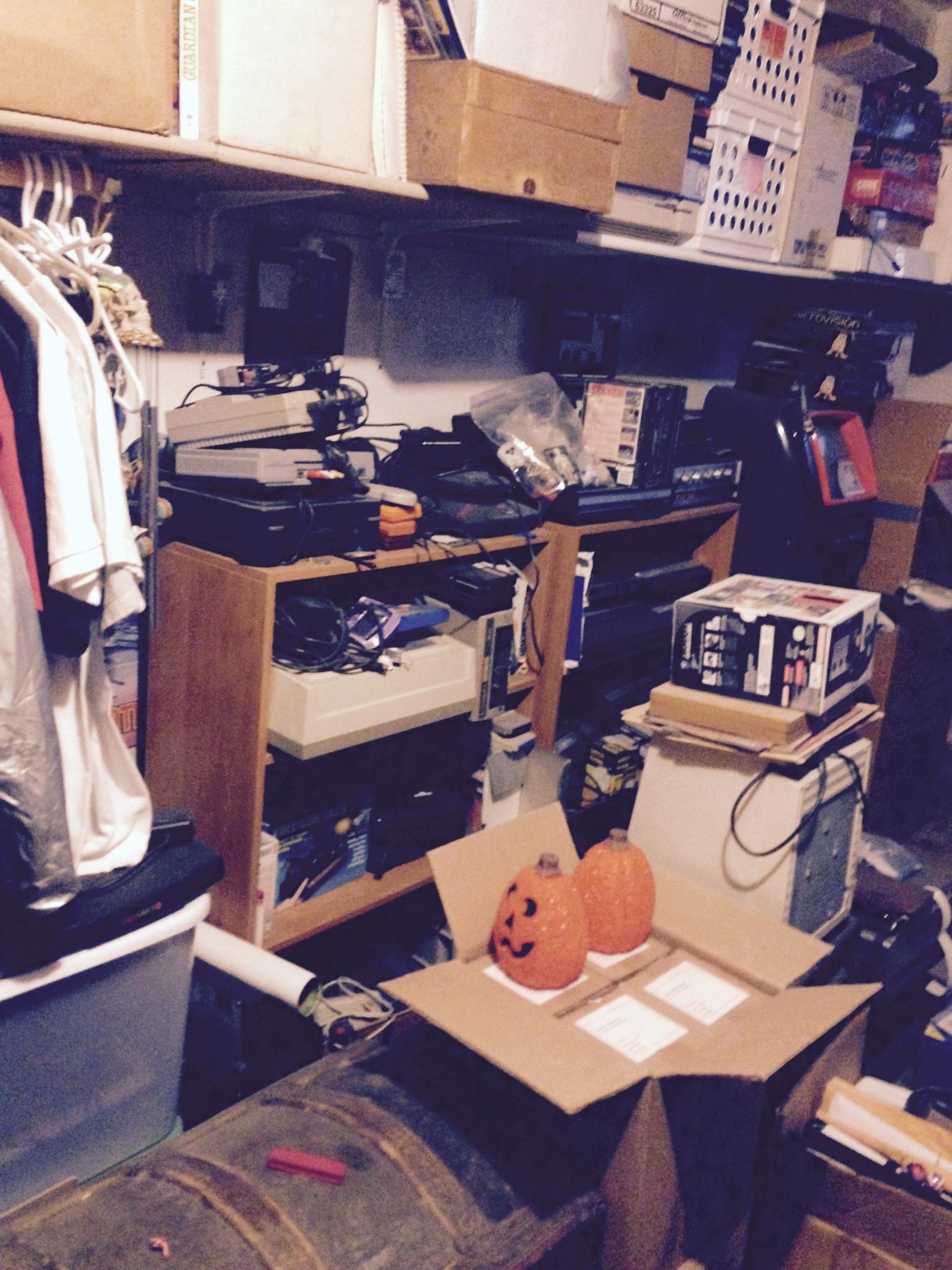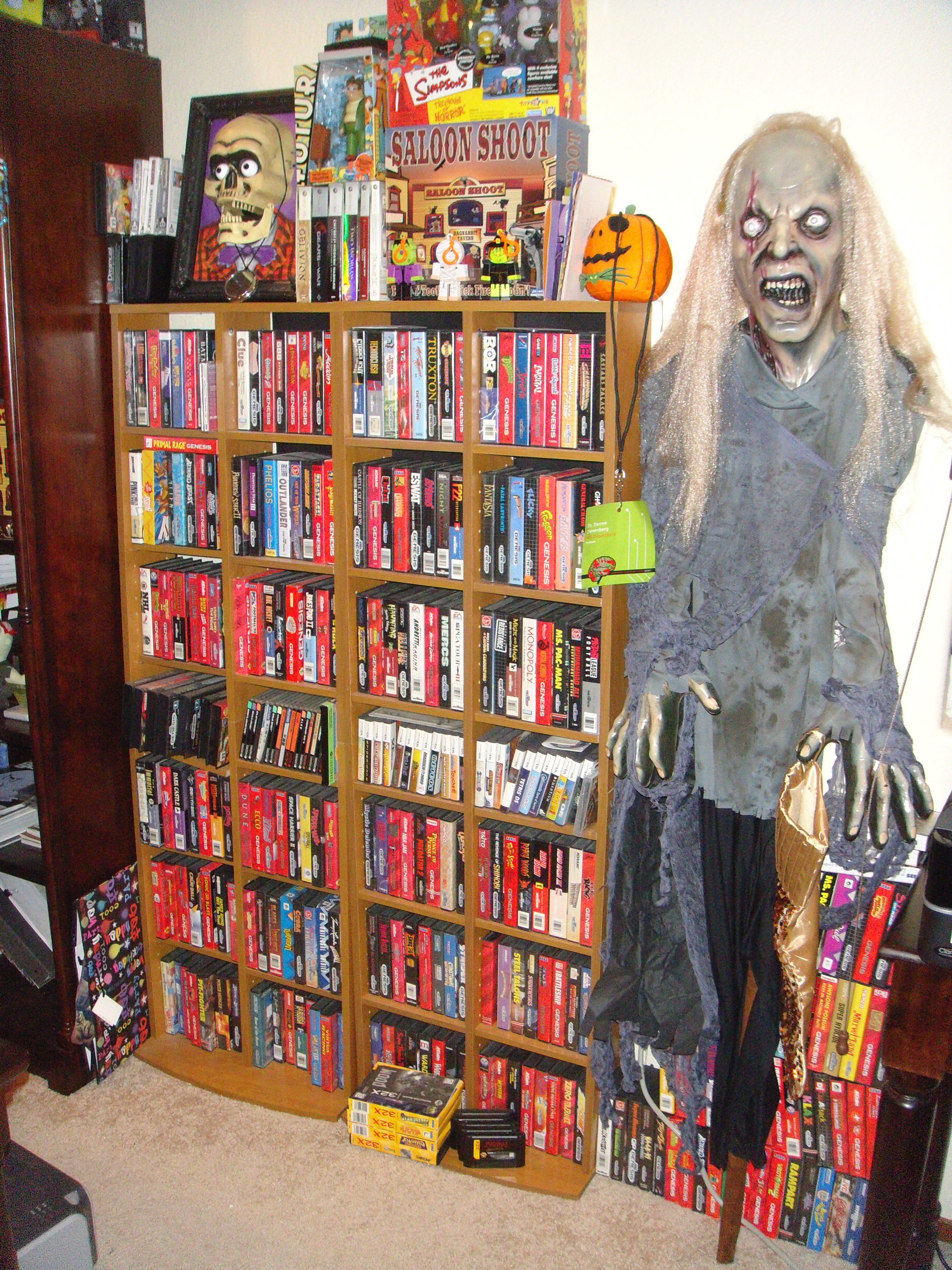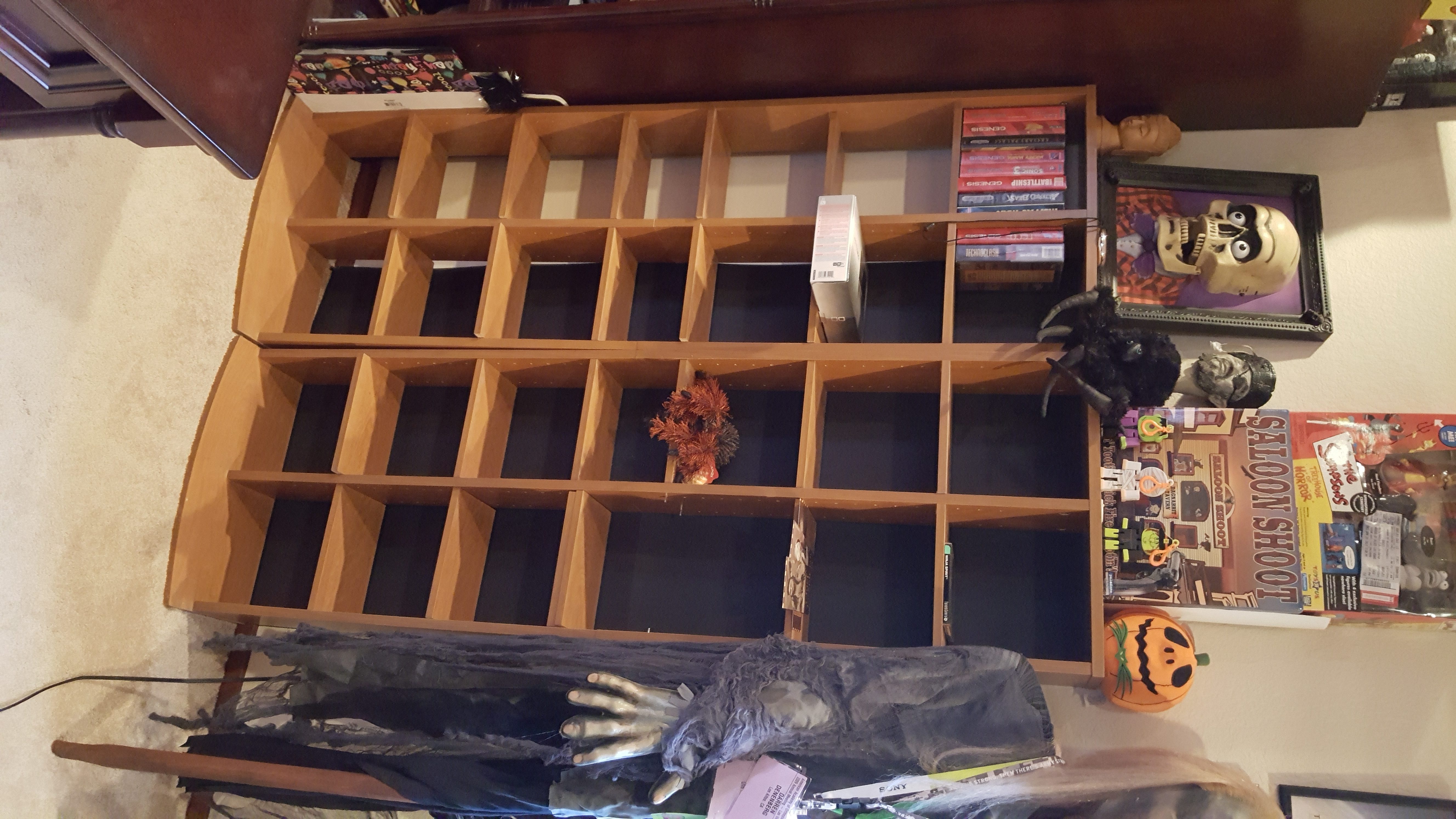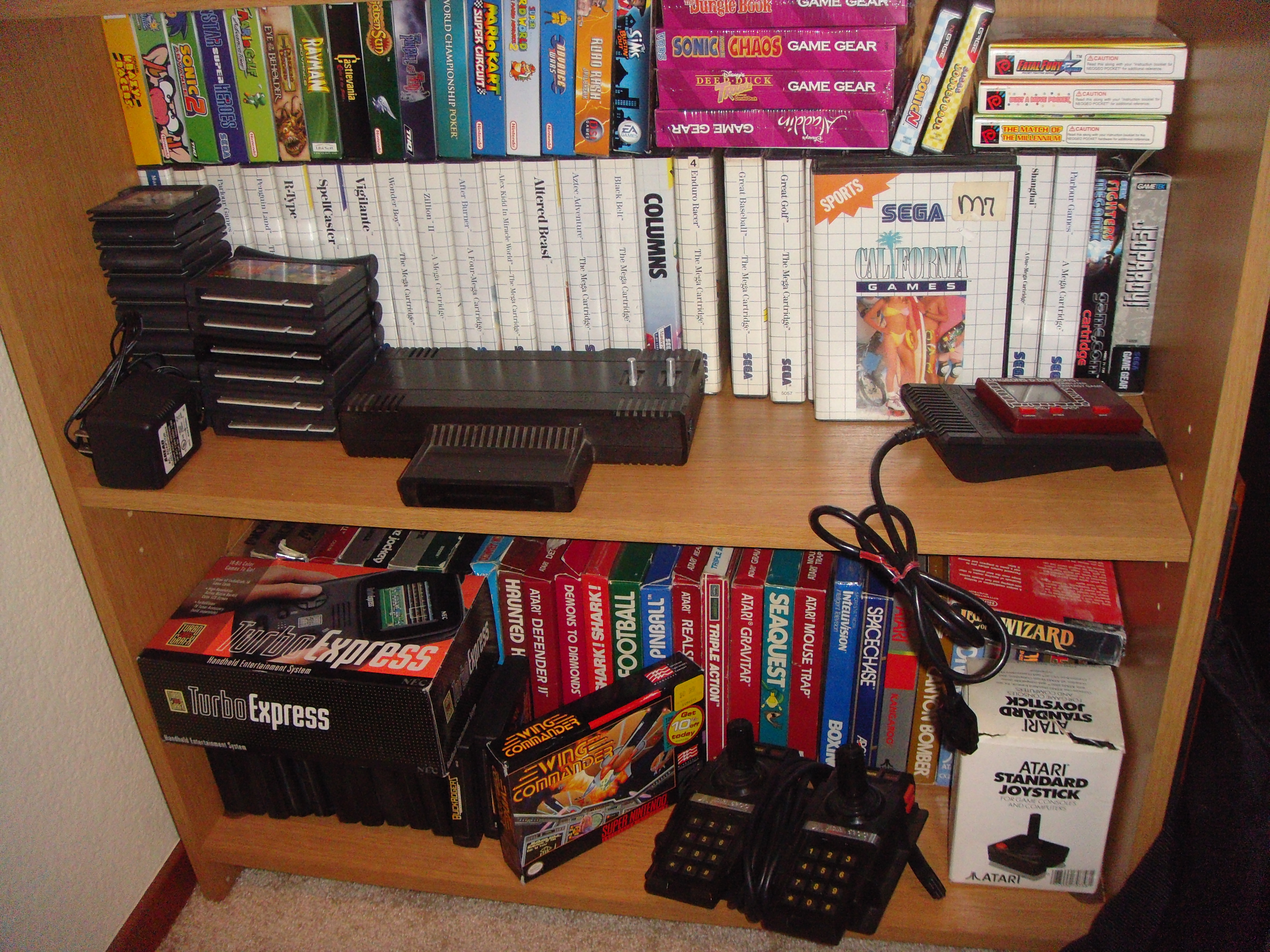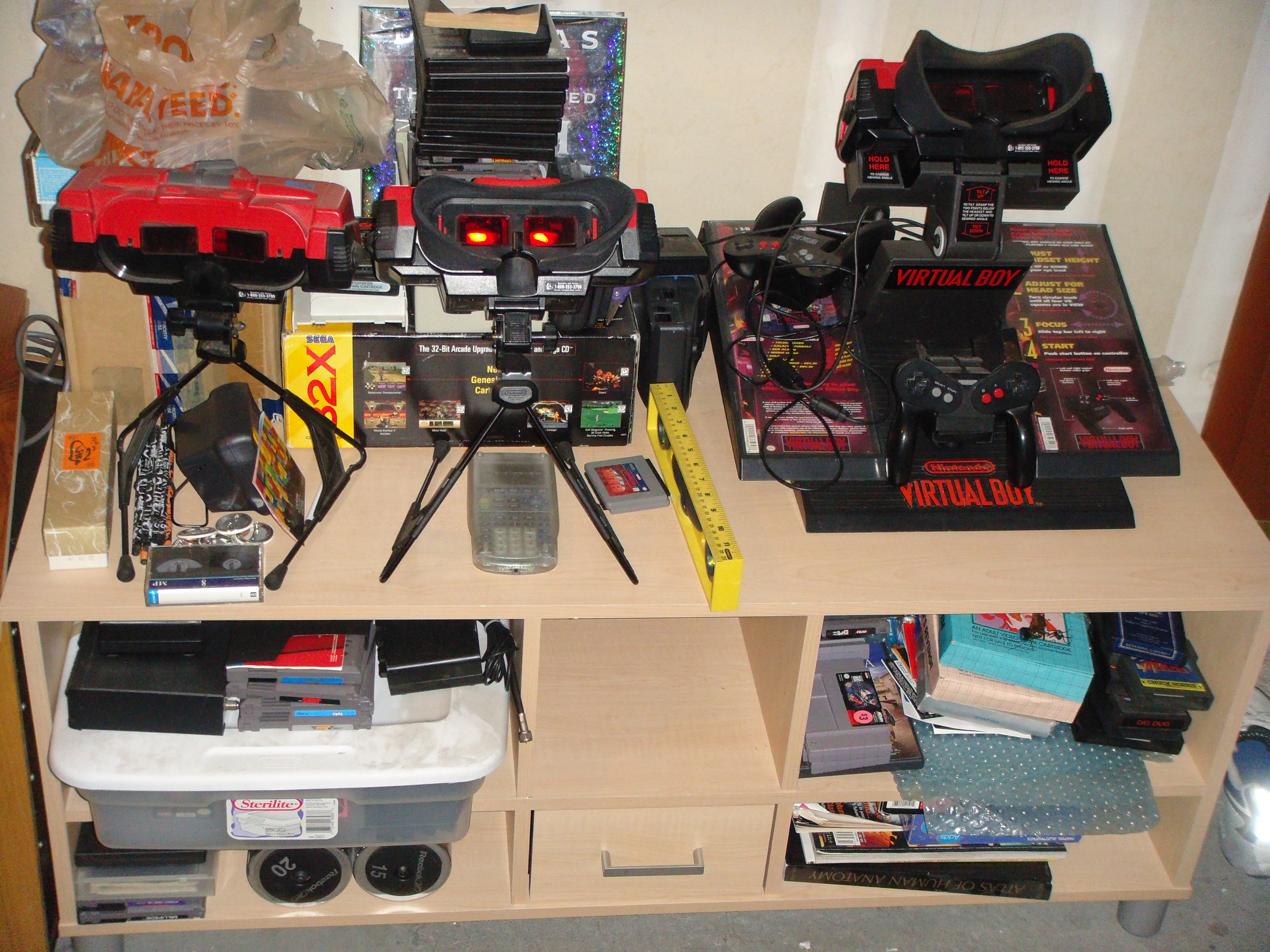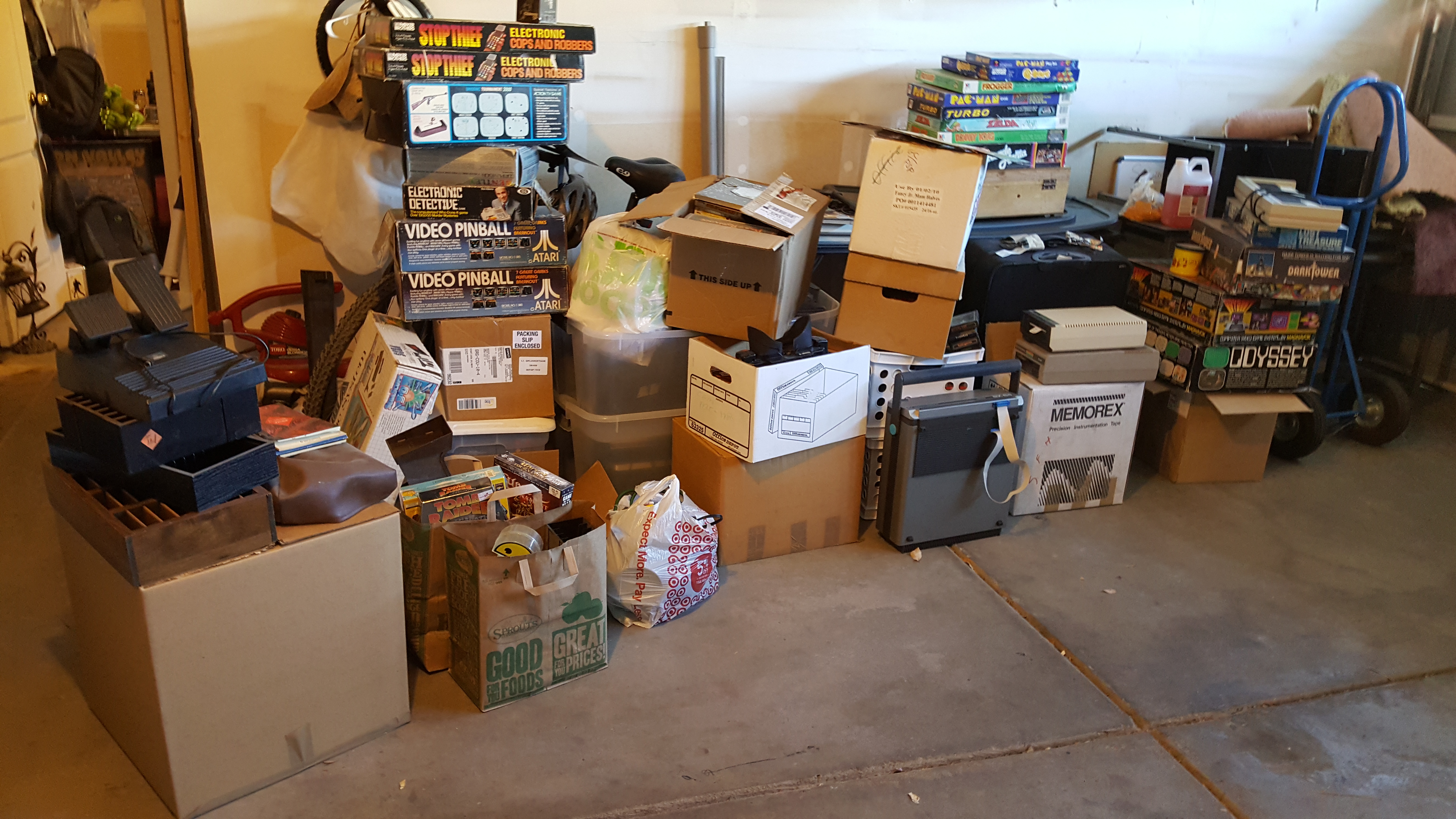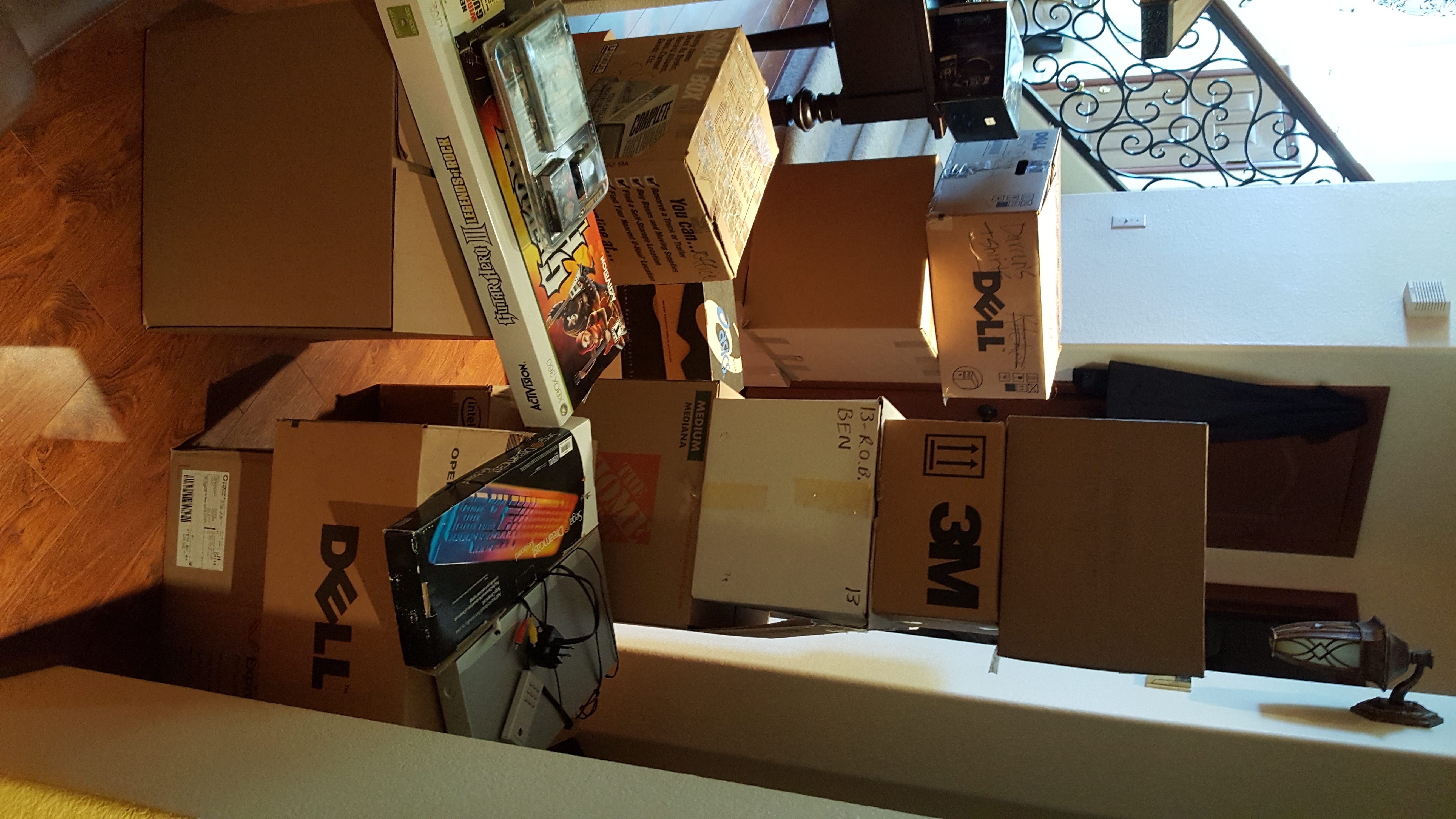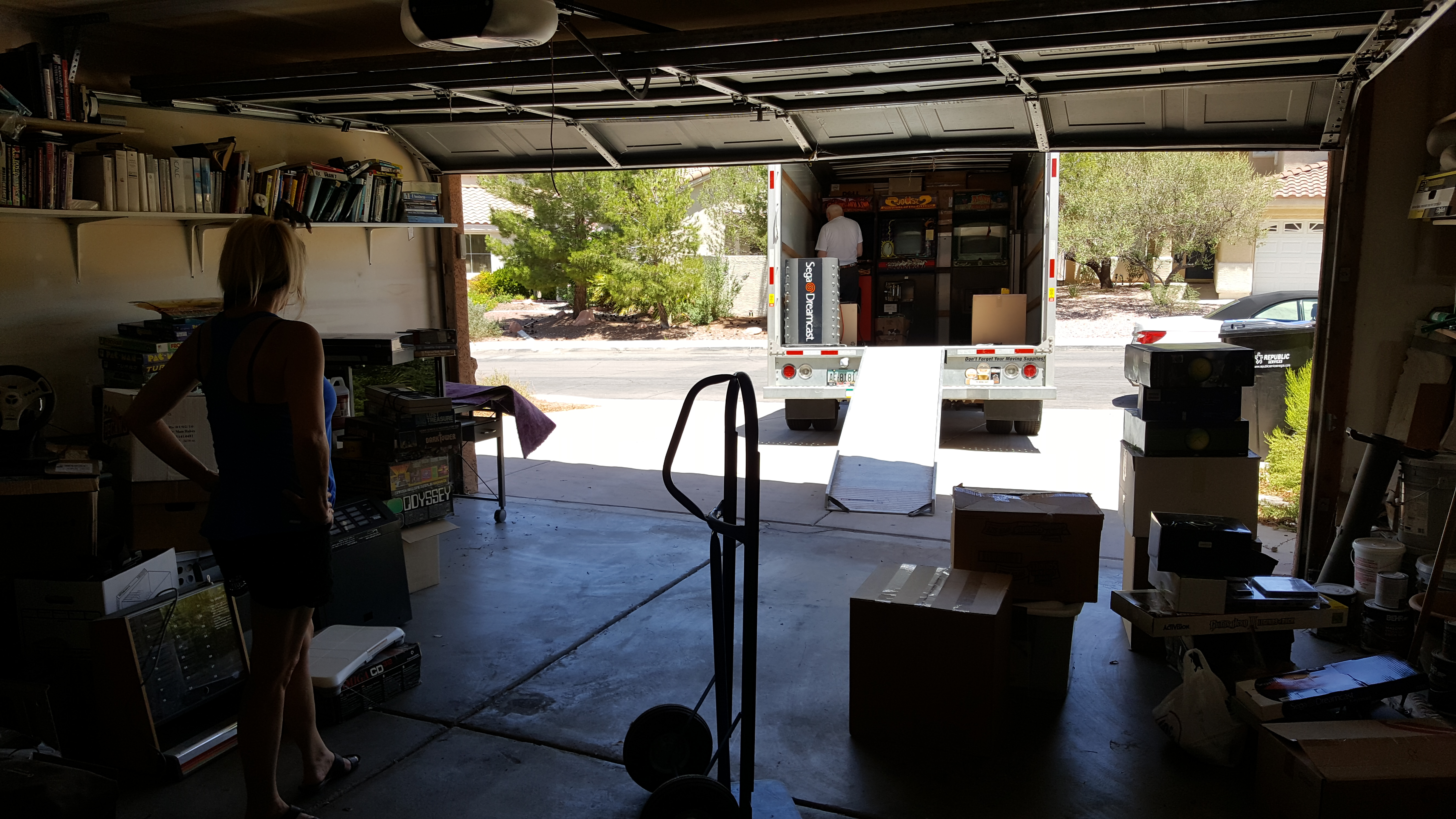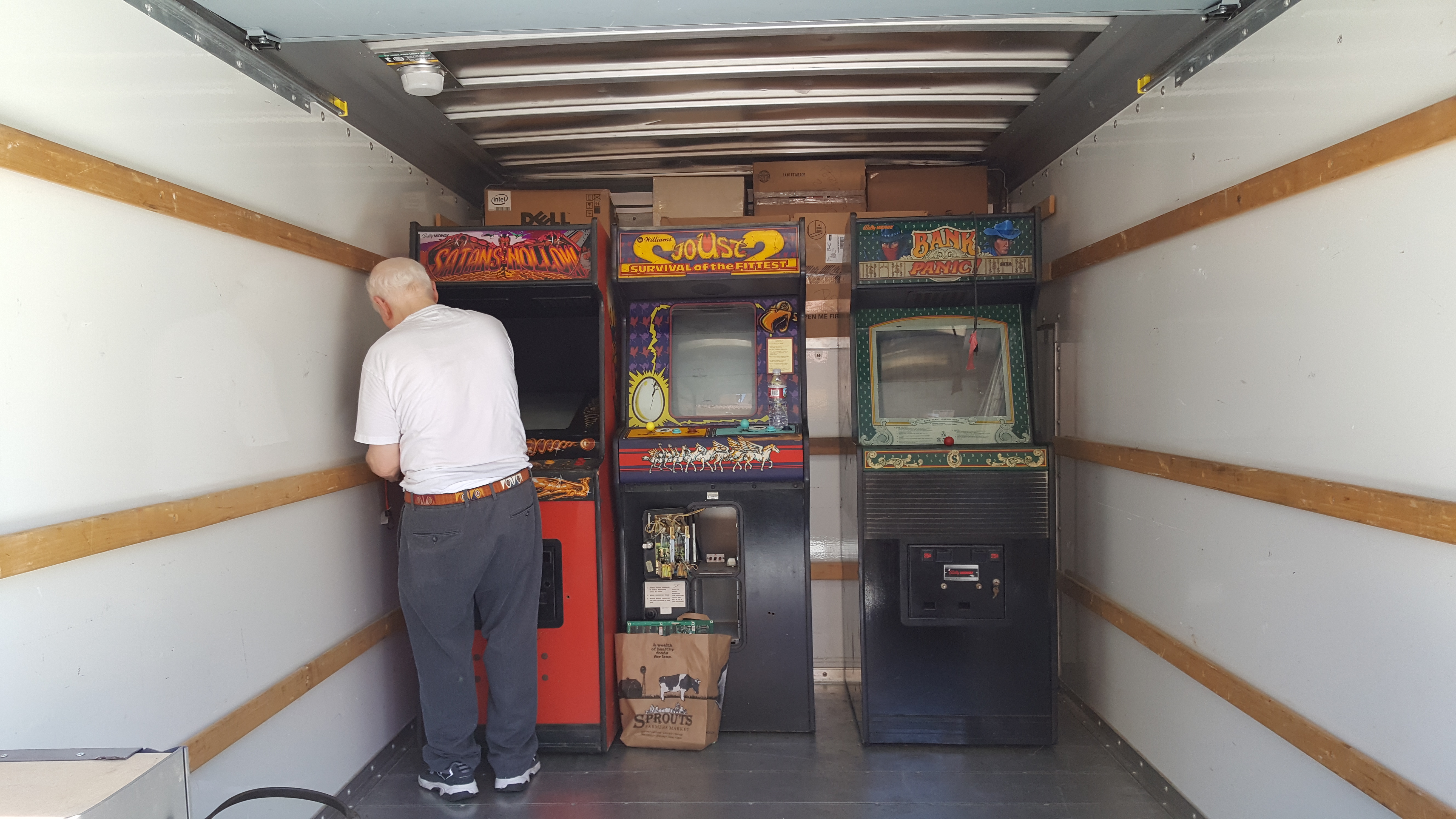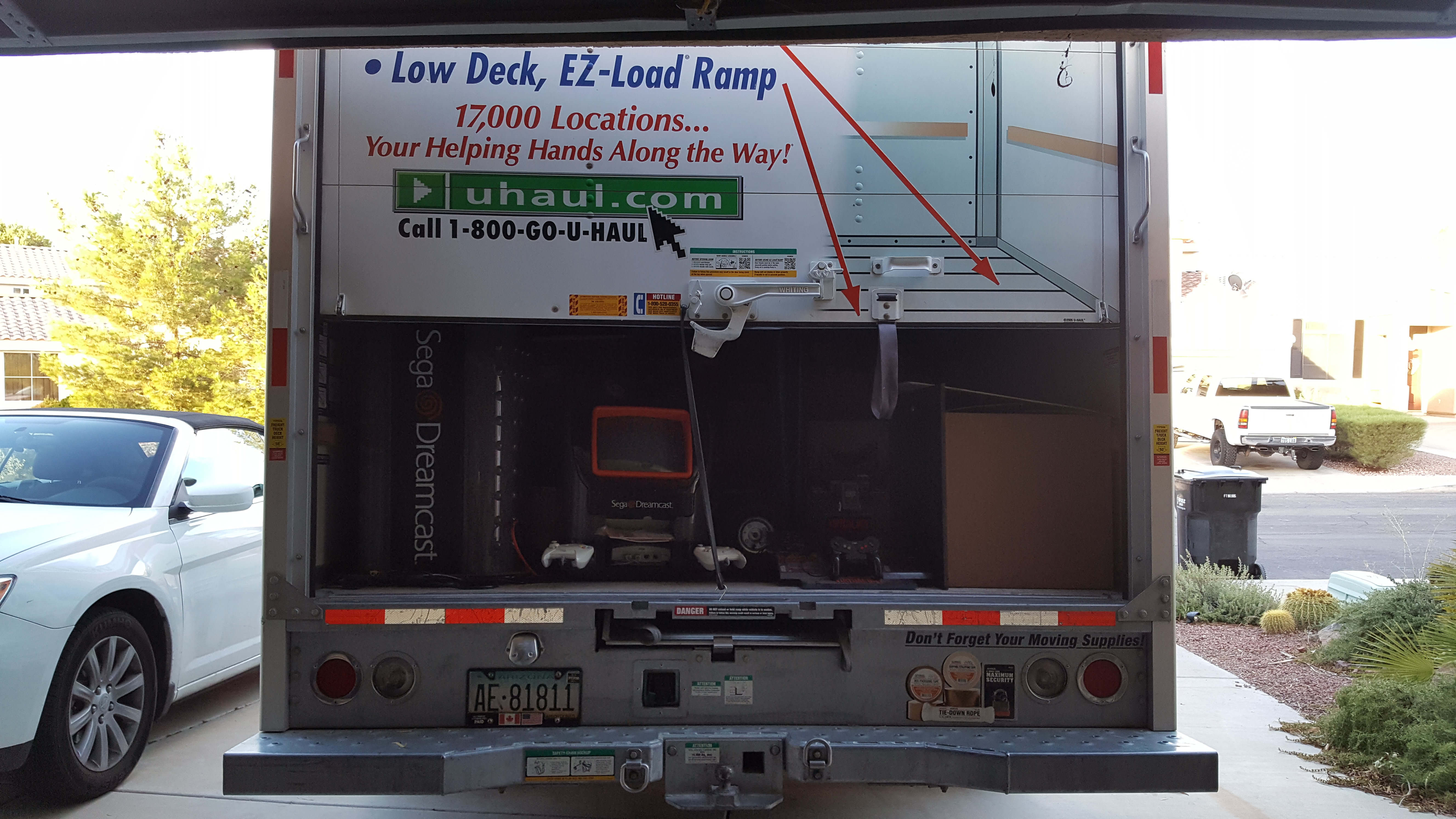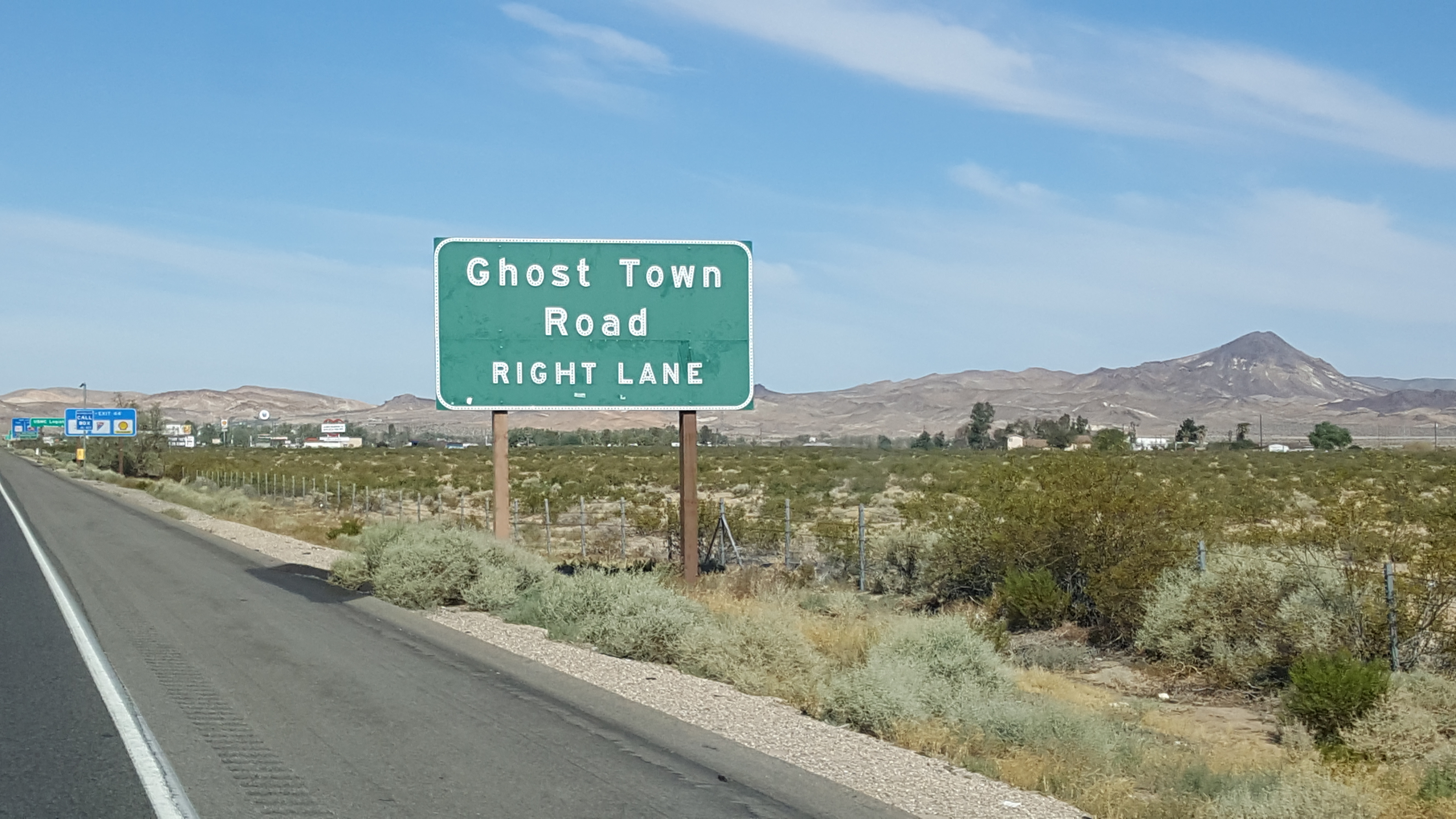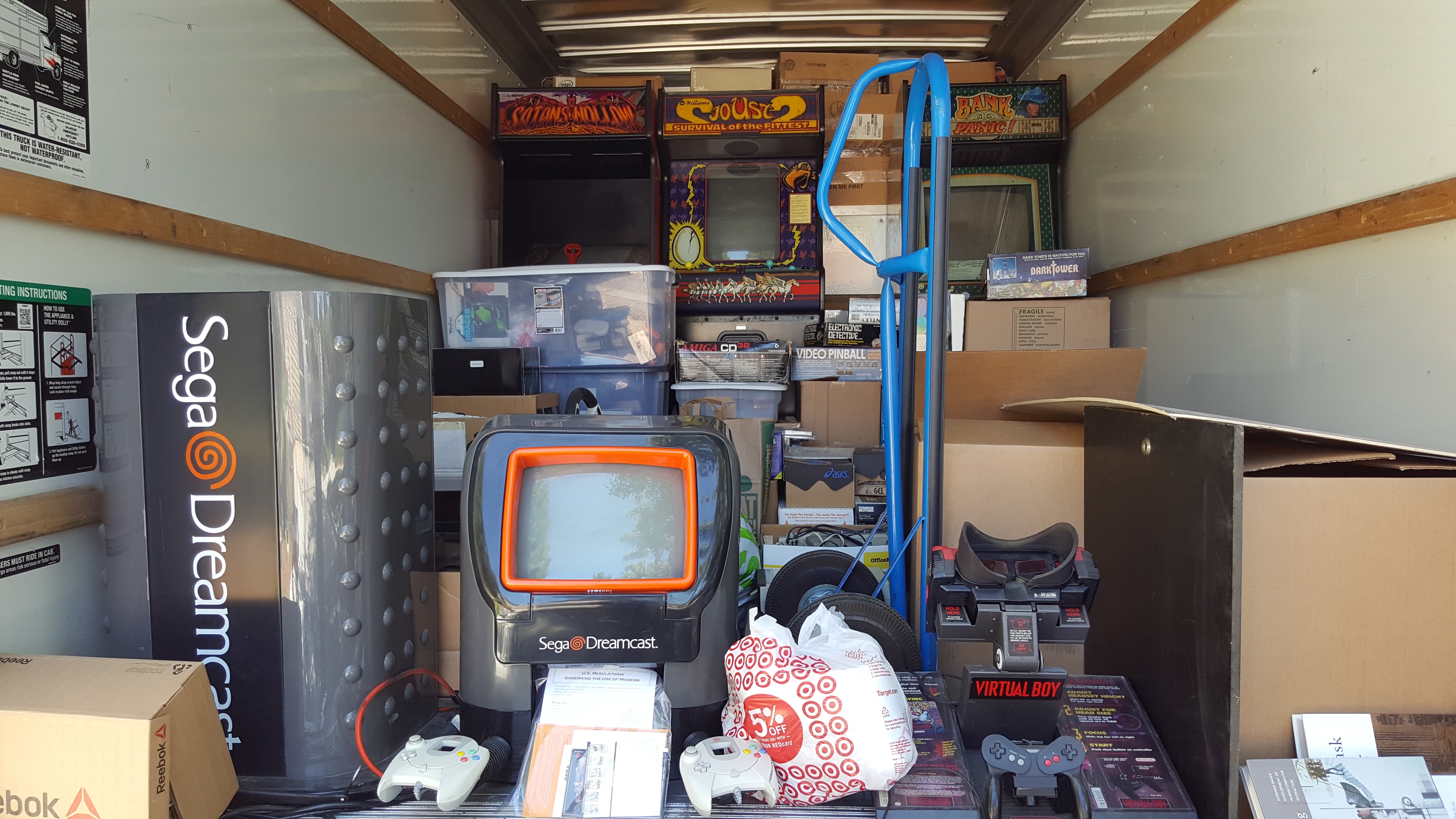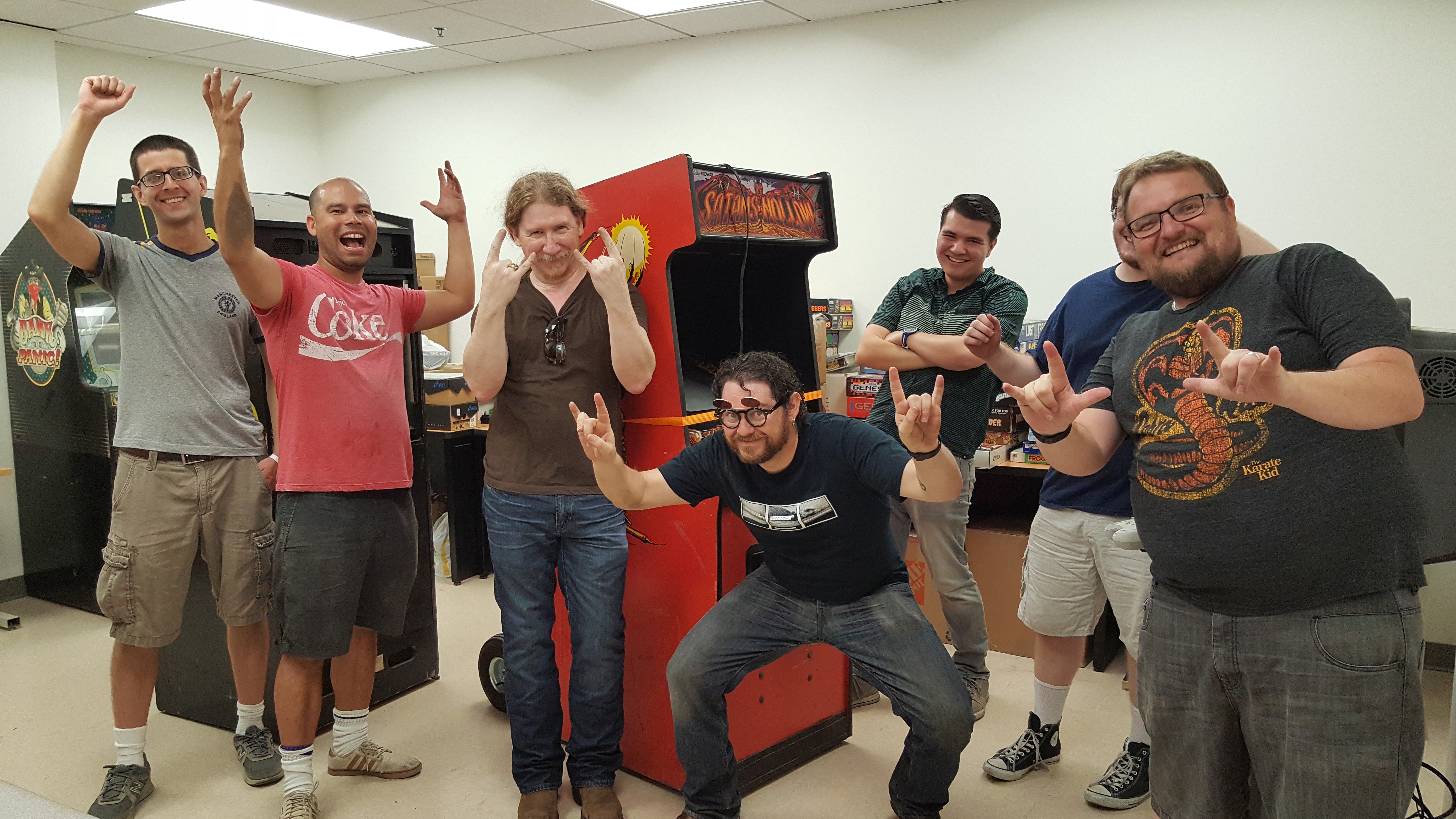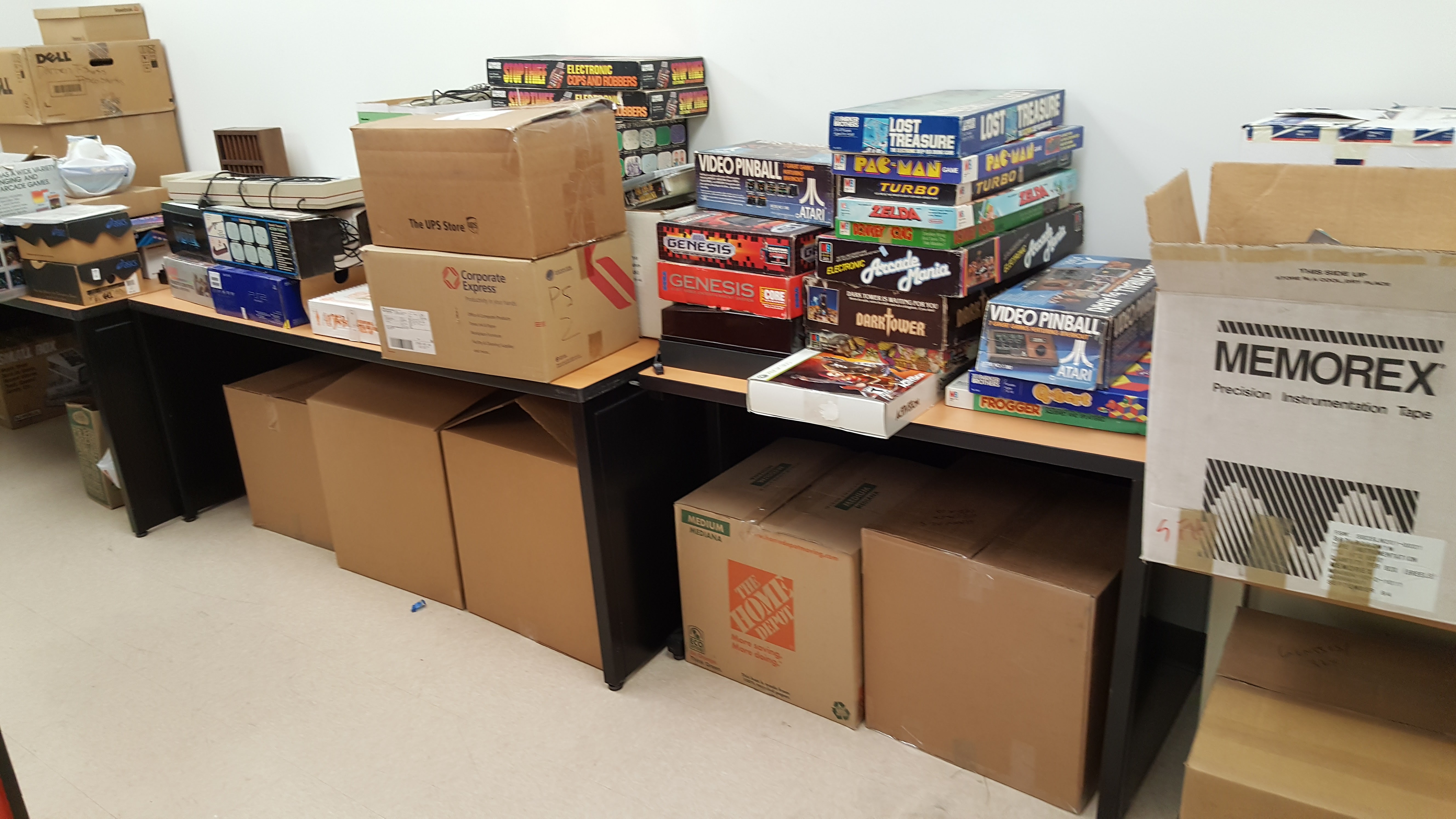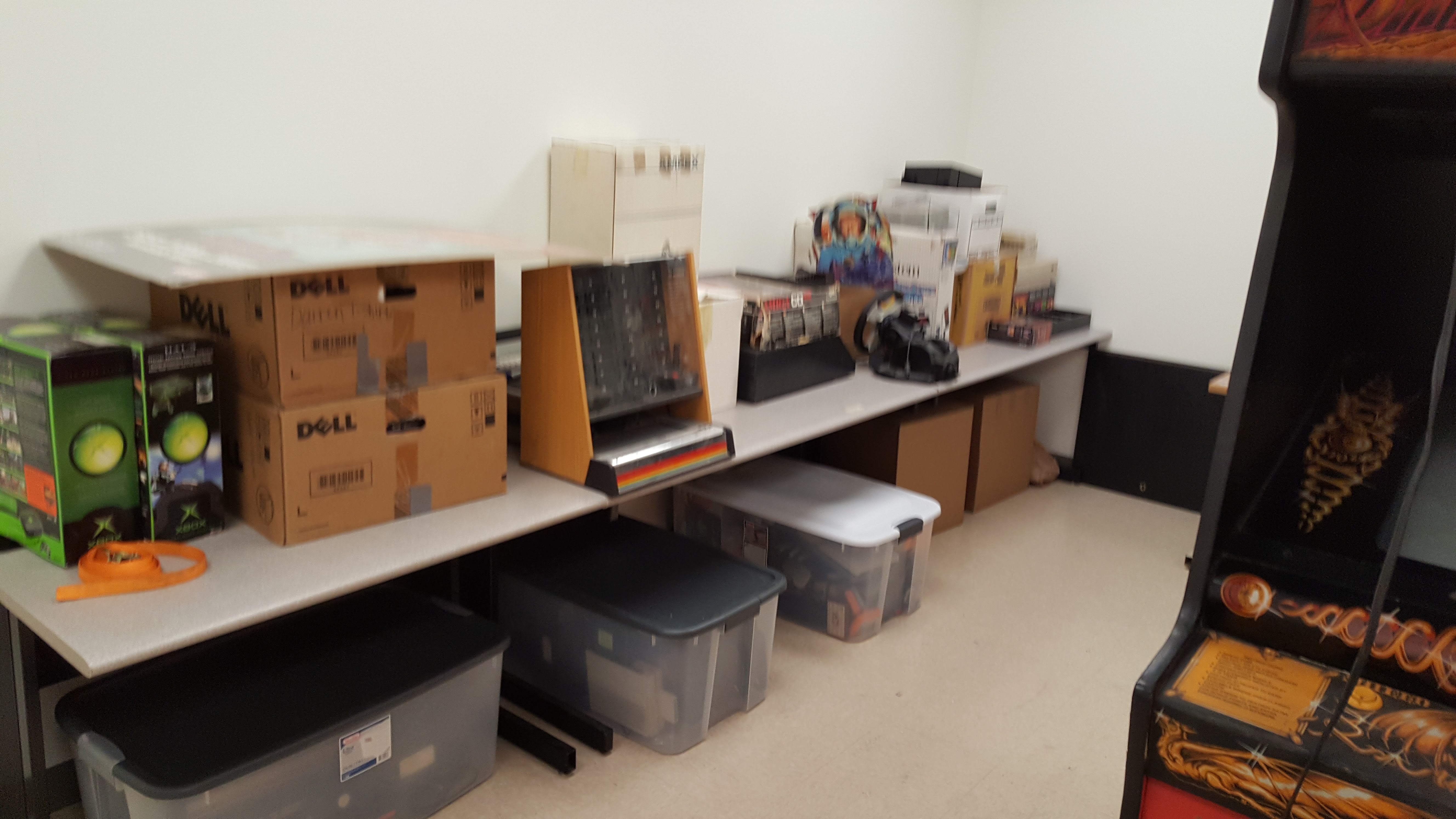Twitter and LinkedIn. Or not.

I have to get this out of the way right in the beginning – I really dislike LinkedIn. I thought I disliked Facebook, but holy cow, it’s nothing compared to LinkedIn. A bunch of people who fancy themselves experts on all sorts of things when it’s painfully obvious they aren’t (UX Designers, I’m looking at you). There was a post just today ridiculing the use of Comic Sans, which is a nonsense issue that only the font nazis and snobby, holier-than-thou design pedants get worked up over. The picture itself is a textbook case of passive-aggressive.
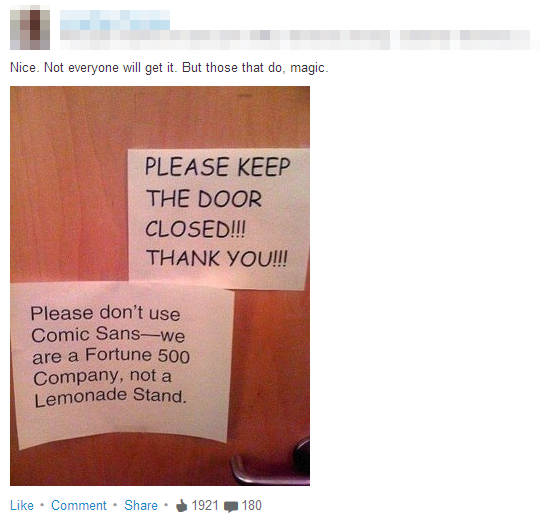 It’s a sign about keeping a freakin’ door closed. Honestly, I would have been tempted to print a new sign, deliberately in Comic Sans, that said ‘Screw You.’ Seriously, reading through LinkedIn is one of the most painful experiences I have had, and I’ve had a kidney stone.
It’s a sign about keeping a freakin’ door closed. Honestly, I would have been tempted to print a new sign, deliberately in Comic Sans, that said ‘Screw You.’ Seriously, reading through LinkedIn is one of the most painful experiences I have had, and I’ve had a kidney stone.
That being said, it has been useful as a networking tool and communication platform. I can’t deny its help in making professional contacts, its role in my most recent hire, and its validity as a way to maintain a professional presence on line – I don’t ever friend, or accept requests from, coworkers on Facebook for obvious reasons.
I don’t go on LinkedIn that much for all the aforementioned issues, and so many more, however after responding to a message I received there I decided I would add this website’s URL and Twitter account to my profile since I was already on the site. The URL was easy enough to add, but Twitter, well that was a different story.
In order to add it, I had to agree to the following screen:
Let’s think about this for a minute. It wants to read Tweets, which I’m not sure should be capitalized, from my timeline. I assume it means my Twitter timeline, for posting on my LinkedIn timeline. I think it does. I’m honestly not sure.
Then comes this doozy – see who you follow, and follow new people. Now just hold on a minute – is it saying it will automatically follow new people? I can’t believe it would do that, but there it is. What if I don’t want to follow those new people? Will it guess? I have so many questions.
Next, it says it will update my profile? On its own? How? Why? With what? I shudder to think.
And then, at last, the final nail in the Twitter / LinkedIn coffin, ‘Post tweets for you.’ I assume this means it will post your LinkedIn posts to Twitter, but it doesn’t say that. I don’t deal in innuendo, or suggestion, or reading between the lines, I (normally) take what is written or said at face value. If I have to deduce or infer meaning then I will err on the side of caution, in this case clicking ‘Cancel.’
It’s very possible these are all innocent, standard Twitter behaviors. Posts on this blog are posted to my Twitter automatically, and again, I expect that’s what’s happening here. But Twitter needs to really clarify what they’re saying; it was bad enough being on LinkedIn, I didn’t need this as well.
WordFence to the Rescue!

Over the weekend, I added WordFence security to the site. WordFence is a free (with premium option) service that provides backend security and monitors a WordPress site and prevents all sorts of bad things from happening. It has a slew of options and services that can be configured in any way a user would like, providing some peace of mind.
As you can see, the services and options it provides are many:
It has, for example, a firewall that prevents unwanted actors from gaining access to your site, however as with any good firewall you can whitelist sites or block sites as you see fit. It also claims it learns as time goes on, however I’m not able to test that at this time.
I’ve had this site for several years now, so as you can imagine with all the posts and photos and links there are a lot of potential hazards, and the service did a complete scan to be sure everything was on the up and up. It found a potentially malicious link in one of my posts from two years ago, and although the link was simply giving credit for a header image and not actually malware, I deleted it anyway. It scans everything for malware, the aforementioned malicious links, and any other problems and ranks what it finds in terms of its severity. I’m glad to say this site, to paraphrase Tangina Barrows, is clean.
There are many, many, many options. This kind of thing can often result in a performance deficit, although I haven’t noticed any slowdown at all. On a curious side note, I was asked to download my .htaccess file before WordFence scanned my site and implemented itself which I thought was strange. If you’re not familiar, .htaccess is an Apache-specific file placed in a directory of a website that specifies some site functionality, such as redirects or even password access without having to modify the server settings; WordPress itself states that it “uses this file to manipulate how Apache serves files from its root directory, and subdirectories thereof,” and .htaccess functionality cascades to all subdirectories (it can be overridden with another .htaccess file in a subdirectory, but that’s for another post). Why they wanted me to download that they never specified, but I did and ended up not needing to worry.
Another interesting thing about the .htaccess file is that it has been around FOREVER!
So with that sidetrack out of the way, the site is now more secure than ever, WordFence is running in real time, and I’ve already received some emails telling me about the login attempts they’ve blocked (from both Germany and France – I’m worldwide!) and how smoothly my site is running. I’m very happy with it so far. If you have a site and are interested, it’s very easy to install and can be done from the ‘install plugins’ section of the WordPress backend.
Just a quick post about EULAs
This isn’t going to be one of my typically lengthy and insightful posts about End User License Agreements (EULAs), how no one reads them, or how they couldn’t make sense of them even if they did. If you’re not aware, EULAs are those things you have to agree to before you can use software or most websites.
No, I just wanted to share with you the EULA I was presented with by Panera Bread when I attempted to attach to their network using my phone. I’ve made a small gif. Enjoy!
(It kept reloading itself anyway, so I never was able to connect).
Learn about PC and OS pioneer Gary Kildall, from the inside

In my classes and on this site, I talk a lot about history. To me, it isn’t possible to be genuinely good at something unless that skill is accompanied by a respectful understanding of what came before. Otherwise, how could true knowledge be claimed?
I hold that true for everything. For example, if one claims to be a guitar player but knows nothing about Les Paul or The Beatles, they’re not really a guitar player. They may play guitar, but guitar player they aren’t. Similarly, if one is a physician, but doesn’t know the groundwork laid by Louis Pasteur or Florence Nightingale or how they treated injuries during the Civil War, then I would question their qualifications and their true interest in the field; after all, if they don’t know the history of medicine, how interested in medicine could they really be? A true passion for something necessarily results in learning *about* that thing, and that includes history.
That’s why I talk about it so much. I’m always excited to learn a new little piece of computing history no matter how small; everything helps piece together the puzzle. It’s also why I’m a member of the Computer History Museum, and they recently released a heretofore unknown piece of history that is quite major. It’s the ‘first portion’ (about 78 pages) of an unpublished autobiography of one of the founders of the modern home-computing movement, Gary Kildall. You can read about it and download it here.
Gary Kildall developed the first true OS for what would become business and home computers, and he called it CP/M (Control Program for Microcomputers, and you can download the source code from the CHM here). There are many stories about him and his place in the early days of computing. The most common, the one his kids claim is false but has persevered and taken on a life of his own is that when IBM showed up at his front door to license his OS for use in their new line of PCs, he was out flying his plane and his lawyers advised him to not sign the NDA that was provided. IBM, not being a company to wait around, instead went right down the street to Microsoft and signed up with them instead. ironic, because they had approached Microsoft first who sent them to Kildall in the first place! Needless to say, the rest is history.
If you look at the screen of a PC running CP/M, you’ll notice that, and this isn’t a surprise, MS-DOS looks very much like it.
The truth to that story has always been questioned, but it is generally accepted as what happened. Microsoft had no OS when IBM first approached, which is why they recommended Kildall. However when IBM returned to Microsoft after the failed meeting, Bill Gates jumped at the opportunity and it was all over for CP/M. Gates became the richest person on earth, and Gary Kildall, sadly, faded into comparative obscurity. The fact is, for all his contributions to computing, there just isn’t very much known about him as a person. Even finding a decent header image was difficult.
That’s why it was very surprising to see the Computer history Museum recently make available a copy of the autobiography. Apparently, he had written it sometime back in the 70s and handed a copy of it out to a few friends and family noting it was intended to be published the following year. Needless to say that never happened, and the fact it existed remained a buried treasure ever since.
Being written by his own hand, and talking about the events behind the urban legend of IBM, Kildall, and Gates, it is a really fascinating read, giving insights into how things worked back at the dawn of the personal computer age. I found it especially interesting that even though he had once created a BASIC compiler, he – in his own words – detested BASIC. I didn’t know it was possible to feel that way about a computer language, but apparently he did. I was also struck that in the introduction to the memoir, Kildall’s children mention their father’s later struggle with alcoholism, and apparently that manifested in the writings and is the reason that those sections of the writings were not included in the release.
I am more than ok with that, though. What has been provided in this first portion is a fascinating narrative and perspective, one not seen before, into the mind of someone who deserves much more credit than he gets.
A couple of side notes: You can see Gary in many episode of The Computer Chronicles, an 80’s – 90’s show about technology that is a really interesting and compelling look into the what consumer technology used to be, and if you haven’t been to the website of the Computer History Museum, you really should give it a look. There is so much there to see; it’s incredibly informative.
Intel recalls all Basis smartwatches due to burn risk

I like to think I’m pretty up on the tech scene, but the first I’d heard of Intel’s Basis watch (Intel bought Basis for $400 million so they could enter the smartwatch market and diversify from their core chip business) was a slew of articles claiming they are now all being recalled because they can burn you. And not just burn you, burn you to the point of blistering your skin. Lots of technology gets hot, heat is a byproduct of chip architecture, but a watch that gets so hot it will burn your skin? Come on, Intel, of all companies.
In their defense, they say it’s only been an issue with .02% of all watches, and they first issued a warning back in June, but it looks like it’s starting to become more of a problem than they anticipated. So if you have a Basis watch, you can return it and any accessories you might have picked up to go with it to the retailer and get a full refund.
Oh, one other thing, from what I understand they were pretty good watches.
Microsoft’s smartphone division hit hard in upcoming layoffs

After having already laid off 7500 workers last year, and currently trailing badly in the smartphone market, it appears Microsoft is one step away from throwing in the towel in the smartphone market.
If you’ve ever taken a college-level accounting class, then you’re familiar with regulatory filings that lay out a company’s financial strength and weakness both in written and spreadsheet form. In this case, we are talking about a form 10-K, and the one just provided by Microsoft shows that while their personal computing, cloud, gaming and enterprise divisions are doing well, their smartphone business is not.
When news sites inform you of this, though, they never tell you where exactly you can find the specific numbers indicating how many are being laid off, and the report is 103 pages of tables, explanations, credits, debits, and analysis!
But never fear, I am here to help you weave through it all. You can view the whole thing at this link, and if you would like to see the specific mention of the layoffs you will want to look at page 84, under the heading 2016 restructuring. The first paragraph lays it all out. In fact, all of page 84, under the main heading ‘Restructuring Charges,’ is interesting yet sad to read.
If you don’t mind heavy accounting and corporate speak, the document is really quite interesting to read overall. It goes into detail about all their divisions, how well they’re doing (or not), their unclaimed revenue, profits and losses, writeoffs, even their acquisition of Minecraft. It’s not an easy read, but it’s informative.
Even I, the most diehard fan of Microsoft and their phone (Mine was an original Nokia, and I even still have a Zune!), finally had to break down and get an Android-powered Galaxy Note. I still wish Microsoft the best and hope, somehow, miraculously, that they can turn it all around.
It looks like I’m returning to Facebook
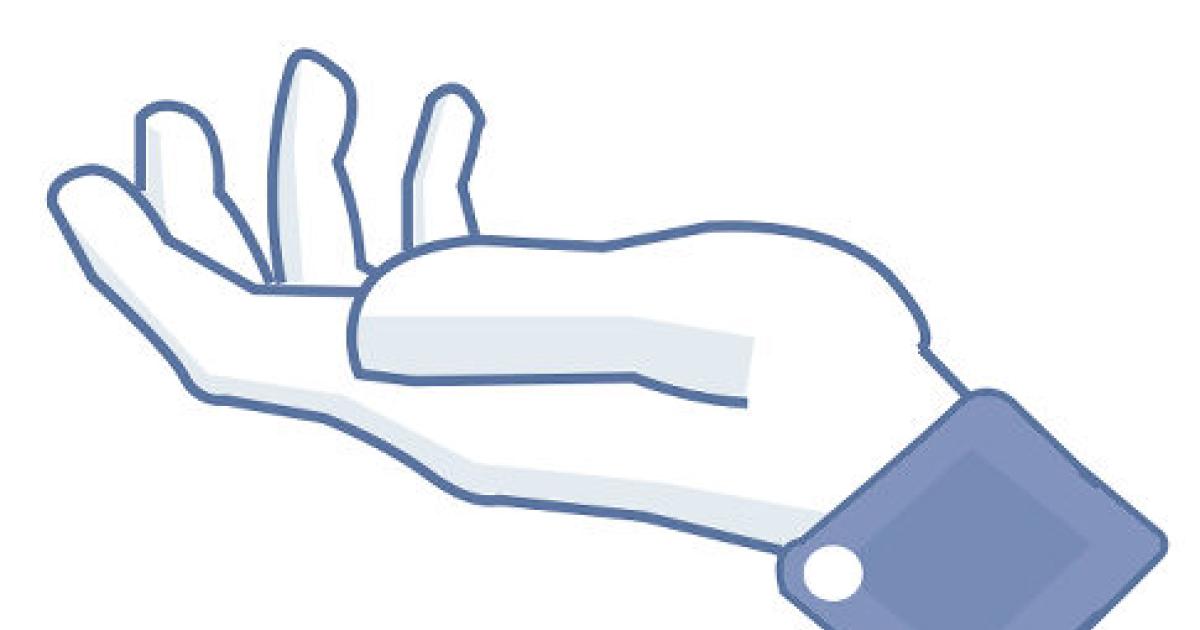
I’ve been off Facebook for a while now, and to be honest, I don’t miss it. I wrote a post a couple of years ago explaining why, and my stance hasn’t much changed since then. If anything, it’s gotten worse, with news of them curating their feeds, selecting what I can see or their insane charges for visibility, and injecting a political agenda into their operations.
I also know that Facebook is actually good for keeping in touch. It makes it easy, and when I did have an account I got friend requests from people I hadn’t seen in decades, including friends in Sweden! My piano teacher from when I was a kid, high school friends, it was nice.
There was a lot of nonsense drama, of course, and I do not approve of drama, but I suppose that’s par for the course; it happens in real life too. I can’t fault people for being people. Not too much, anyway.
Still, I kept away with only the occasional thought that it would be nice to be in better touch with people. Then, I received an email from my closest, dearest friend, who I visit every year towards the end of October. He said he was distressed by the fact that as I begin the voyage back home, we always enthusiastically say “we’ll keep in touch!” And while we say it with good intentions, and well-meaning, and do keep to the pledge for the first few months, life and time gets in the way and it always trails off and we go months without communicating. So he asked me to get back on Facebook.
I don’t like that Facebook is so dominating as a means of communication, but it is easy. I remember almost missing a concert because a group of friends arranged the whole thing on Facebook and because I wasn’t on it I didn’t hear about it. One of them contacted me via text to tell me and I ended up seeing the show after all, but I fear a societal reliance on it that makes it hard to oppose. Although our friendship has lasted for over twenty years, like him I have worried about it becoming more distance because of the distance, and my distaste for Facebook can be overcome to ensure the friendship continues. It’s an issue of priorities and between the two, Facebook doesn’t even register.
Also, while I’m not certain, I believe logging in will restore my account to where it was before, whatever that means. We’ll see.
Oh, one other thing: I haven’t done it yet. I told him I will but I need to rev up for it. This isn’t something to be undertaken lightly!
Providing the important features!

I haven’t seen this before, but damned if I don’t think it’s the greatest thing ever.
I’m in the process of buying a house, so naturally there’s a loan process that is so involved and detailed, with so many players and companies involved and so many documents involved that no sane person could keep track of it all. Most of the documents are signed online using digital signatures, and I’ve done that many times before, but I just got a document to…*sigh*…e-sign, but this time it let me choose the style of my signature!
It’s really nothing more than an aesthetic choice, but I spent far more time than I’m comfortable to admit choosing just the right signature. I hope they come up with many more! It was the best part of that signing process, I can tell you that. Wnat a time to be alive!
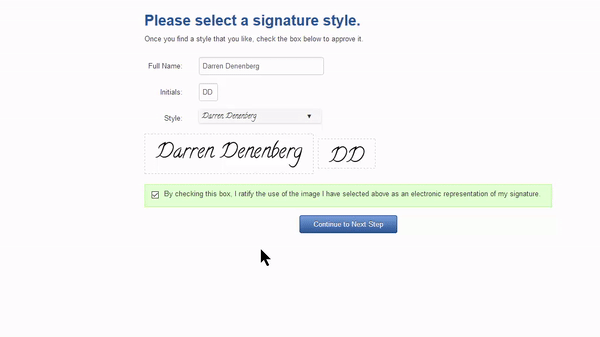
Signature Choices!
It’s all gone
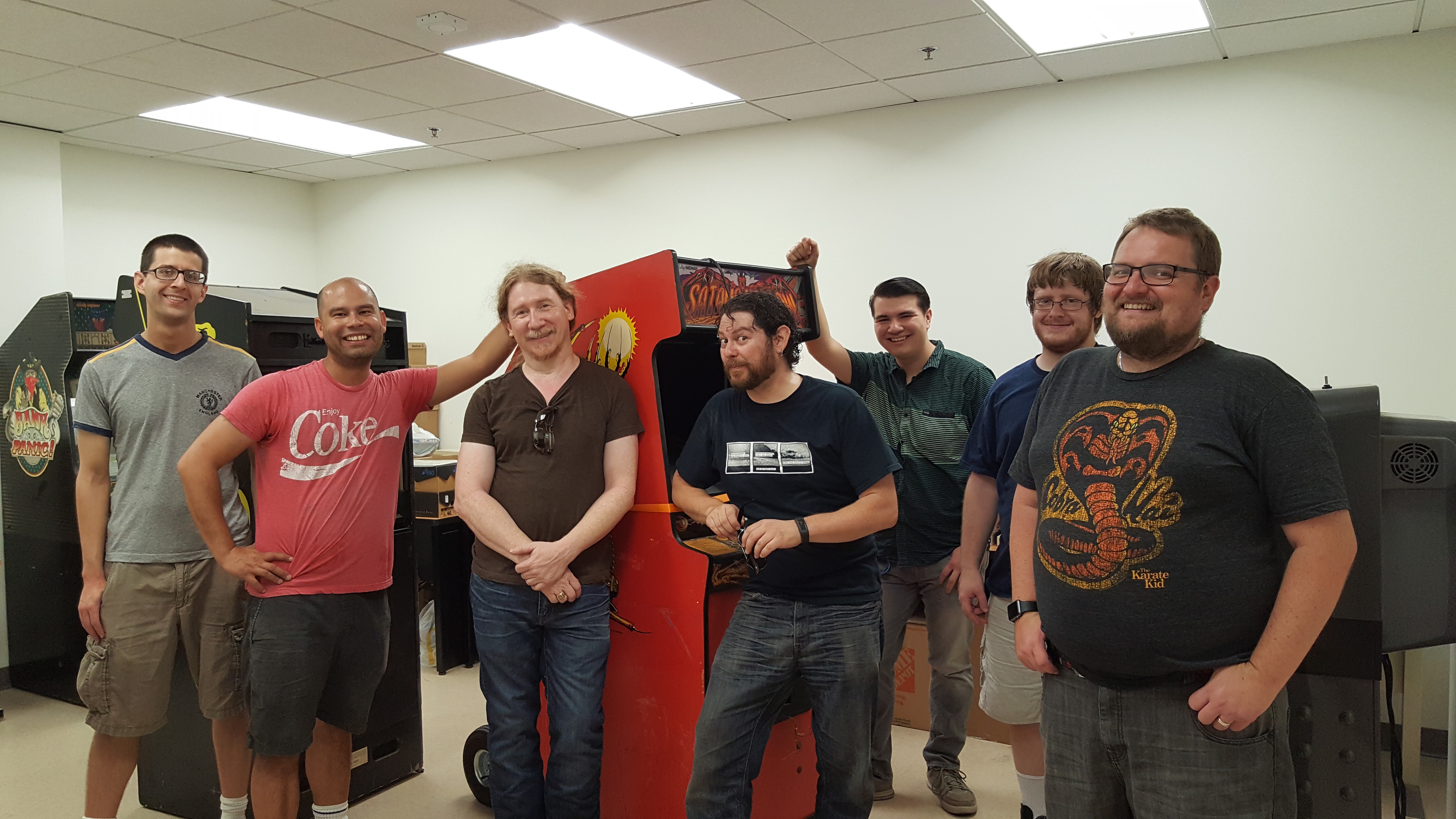
(UPDATE: Many more pictures of the collection itself and some additional narrative can be seen at this Imgur post)
Actually, it’s not really gone, it’s just gone to a better place. It was finally time. I have donated my entire 40+ year collection of video games, consoles, manuals, displays, advertising and other miscellany to the Transformative Game Lab in the Department of Informatics at The University of California, Irvine.
I had been thinking about what to do with it all for a number of years. I have been collecting these things for decades, and while I love them all, most of the collection has been sitting in a garage in Las Vegas for the past six or so years, baking summer after summer in the brutal Vegas heat.
I wanted it all to go somewhere where it would be of benefit and use. Somewhere where it would be appreciated, where the games would be played and the manuals read, where they would be studied and researched as the works of art they are. I had thought about willing them to the Strong Museum of Play in Rochester NY, however the problem there is I would have to be dead to see my dream realized.
While I was thinking about it, I took a position in UCI’s Department of Informatics, where I learned quickly they do games research, they have a game lab, and most importantly of all, they consider it a valid field of study and give it the respect it deserves. I spoke with Joshua Tanenbaum, the professor who heads it all up, and serendipitously it turned out he was looking to expand the lab into retro gaming! An earlier attempt at getting an eBay seller to donate his collection hadn’t worked out, and although my collection was nowhere near what that seller had, we both knew this would still work out perfectly.
It wasn’t easy. My collection is big and random. It didn’t lend itself to easy packing and storing. Having sat in the garage all these years, it was also covered in a layer of dust, not to mention spider webs, dead bugs, and other detritus that is unpleasant to say the least. Having lived in Vegas for so long cleaning it up wasn’t a problem, but it was a big part of the project. Not to make anyone uncomfortable, but here is a picture of one of the webs when I first opened the garage door. You can also see in the background how disorganized it all is. Under that is a (poor iPhone) pic from the other end. It’s the loosest, most disorganized collection you can imagine.
Even my beloved Genesis Collective went into the donation. I was surprised to receive some backlash from friends and family over that, and resistance to it. I didn’t realize how important it was to not just me, but others as well. Although it may seem counter-intuitive, that reinforced my belief I was doing the right thing, that they held meaning and importance and needed to be somewhere they were appreciated.
Also, meet Walter.
As is true of any collector, however, I had some duplicates, and it turned out my friend only wanted Aladdin anyway, so I have already restarted the collection and they got what they really wanted. Win-win!
There was much more than that, of course, so here are some non-exhaustive pictures of the other fun stuff that was donated. From the top: Sega Dreamcast (and some PS2) games, Sega Master System/Jaguar/Atari 5200/Sega Game Gear titles, Nintendo Virtual Boys (also notice the adults-only Mystique titles for the Atari 2600 on that lower right-hand shelf), and PC games.
It took days to get it all packed up. And when it was, it was just as chaotic as before. There was simply no way to organize everything into a cohesive package, and I gave up on the idea pretty early in the process.
Here’s how it looked when all packed and ready for loading into the U-haul.
There’s a lot there. The next step was to finally load it all into the U-haul. My dad flew in from Central California to help, and my dear friend Shauna even pitched in.
It was so hot on loading day (105 degrees, which for Vegas is actually considered a cooldown) that when the truck was finally loaded with boxes and other fun stuff, we had to leave the door propped open or it would have roasted the contents beyond repair. We left it open for about 4 hours, until around 7, until it was cool enough to finally close it up.
The next morning at 6am, we were off.
It’s a long, mostly uneventful drive through the desert and down the 15 until you hit SoCal, but I like the desert and its vast open plains. We saw the massive reflector fields, formally known as the Ivanpah Solar Electric Generating System, near Primm, and this picture is only one of them. They’re an impressive thing to see!
And to be fair, when you’re driving through the desert, EVERY road is a ghost town.
We arrived at UCI around 11:45, and began the unloading process. Josh Tanenbaum, who I introduced earlier as the main man doing game studies in the department was there, as well as just-hired Aaron Trammell and others who agreed to pitch in. While it took three and a half hours hours in the blazing heat to load the truck in Vegas, with the help of 10 people it took about ninety minutes in not-too-bad heat to unload, and that even means carrying everything – including three arcade machines – to the sixth floor and through a labyrinthine maze of doors and halls to get to their final resting place. Well, it’s not actually their final resting place, but they’ll all be here for a while until we find them a permanent home in the building. Thanks to Josh for providing these pictures, as I was too exhausted and excited and neglected to take any!
The first is the truck right before unloading, the second and third are a couple of celebratory poses after a job well done, and the rest are some pictures of the room after it was all loaded.
To say it’s bittersweet is an understatement. I have carried some of these items with me for what seems like my whole life, having received them as birthday or holiday gifts when I was still in the single digits. I distinctly recall the specific moment when I acquired many of these things, whether it was the subpar Fighting Masters for the Genesis I picked up at the Annapolis Mall in Maryland or the Genesis collection I found in a flea market in Edmonton, Canada; Adventure for the Atari 2600 I received for my Bar Mitzvah at 13 or the ColecoVision controllers I had to wade through a warehouse in a seedy part of Baltimore to find. The Atari Lynx games I’d buy at the very same Toys ‘r’ Us at which I worked or first discovering the original GameBoy, each one carries significant memories with it, and it’s all a major part of my life. I did not give it up lightly.
I by no means have lost interest in the hobby, I’m still very much interested and very much vested, however changes have occurred both within and without the industry that moved me in this direction, however those are issues for another post. I would just like to say PC Master Race. PC MASTER RACE! Also, Steam, GOG, and emulation (don’t judge!).
I kept a couple of things. A Dreamcast VMU that has a fully unlocked Hydro Thunder Save, The World of Warcraft server (Bloodscalp) I used to play on, a soundtrack for the PlayStation title Road Rash: Jailbreak that my band was featured on, and the promotional Christmas Nights Into Dreams for the Sega Saturn. But everything else went in the truck.
At the same time, I have no regrets and had no hesitations. Where the collection is now is where it belongs – with people who will truly appreciate it, where it will be treated with dignity and respect, where it will be used and enjoyed. It wasn’t right to keep it in the garage for years on end, and although they’re just inanimate objects, well, I think they’re happier here, and we all are, too.
As the collection is inventoried and catalogued, as a final location for its display and use is selected and brought online, as the catalog and apps and everything else are created, and as any other milestones are reached, I’ll post updates. I’m excited for the future of it all.
Happy Fourth of July Weekend!

Happy Fourth of July weekend! I say that even though the Fourth is on Monday. It’s a time for grilling and, if you’re like me and in Las Vegas, getting roasted (that’s not a euphemism) in the blistering sun before it cools down to 100 degrees at night to watch fireworks.
So since the 4th of July is rapidly approaching and you should be out celebrating Freedom and Liberty, I’ll just put up a brief post talking about the technology behind putting together a fireworks display. I’ve posted it the past couple of years and the technology hasn’t changed that much since then. The process is exactly the same.
As you can probably guess, with the spectacular fireworks displays you see every Fourth of July – like the ones we have right here in Las Vegas for the Fourth and New Year’s Eve – sync’d to music as they often are, it requires not just the fireworks themselves but a major amount of computerization and automation to pull everything off. Besides the mechanical triggers and fireworks themselves, there is actually software that is designed solely for the purposes of controlling and synchronizing the firing, timing, and music of the displays.
If you’ve ever used music-editing software such as ProTools or Audacity or anything in-between, or perhaps created a holiday light show right in your own front yard, then you already have an idea of how the software works. You use a timeline to indicate when specific triggers should launch, and if necessary make them in-line with music. It’s pretty nifty.
If you’d like to know more, here is an interesting, interactive explanation of how a firework gets launched. Keeping that in mind, Disney, which puts on some of the most unbelievable fireworks displays I’ve ever seen, developed a method for launching fireworks with compressed air as opposed to gunpowder all the way back in 2004! That’s a good use of technology.


